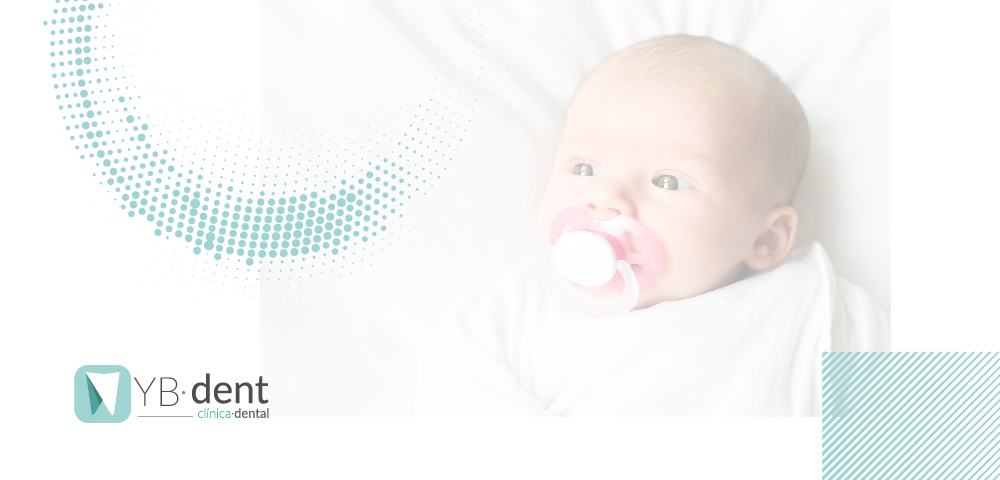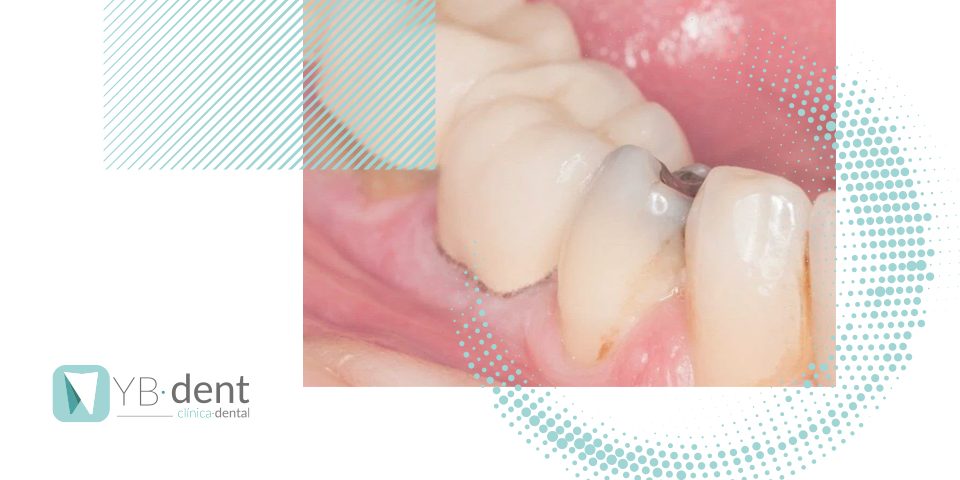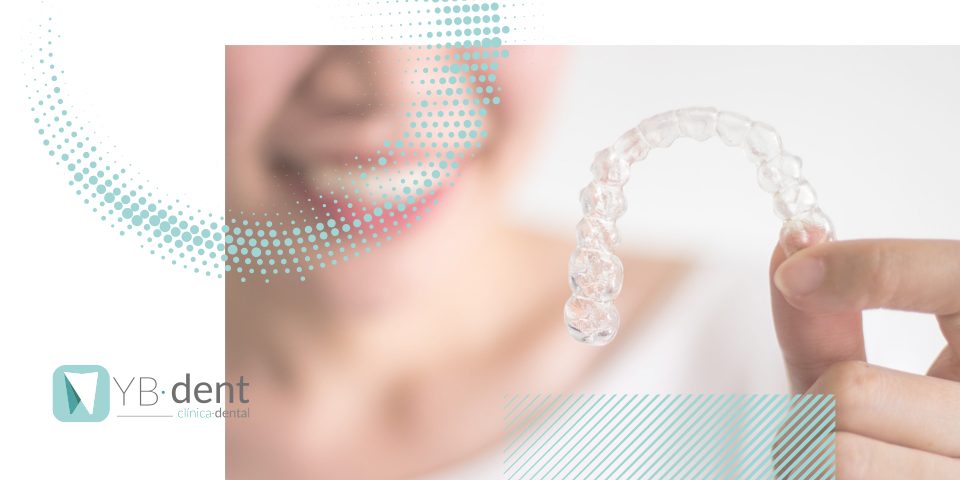Consecuencias de chuparse el dedo y el chupete durante demasiado tiempo

La capacidad de succión que poseemos cuando nacemos es un acto reflejo con el que los bebés se aseguran el alimento. Chuparse el dedo no solo les sirve para calmar al estómago sino que les sirve para tranquilizarse.
Este estado de calma se pierde cuando viven en un mundo que es demasiado nuevo para ellos y les asusta por no comprender demasiadas cosas. Este acto reflejo se “activa” cuando succionan algo que, principalmente, suele ser el pecho materno.
No obstante los bebés más necesitados de esta capacidad pueden recurrir también a la forma de su dedo, como hacen algunos fetos en el útero de la madre. Por otro lado, un invento del siglo XX que les gusta mucho a los bebés es el chupete.
Este se podría considerar un sustituto del pecho materno porque, aunque no alimenta, les permite succionar y recuperar esa calma que hemos comentado al principio. Sin embargo, este objeto tiene consecuencias negativas para la boca, al igual que chuparse el dedo, y a continuación describiremos por un lado los efectos nocivos de ambas acciones.
Consecuencias negativas de chuparse el dedo
Cuando se es pequeño chuparse el dedo no es algo negativo de por sí, ya que todavía no se han formado los dientes definitivos. No obstante es recomendable que la madre ofrezca su pecho para que lo succione en sustitución del pecho. El problema puede surgir si esta acción se sigue realizando con cinco o seis años de edad, momento en el que comienzan a aparecer los dientes definitivos. Esto puede alterar la forma del dedo pulgar y sufrir una mal oclusión de la mordida, provocado porque los dientes se adaptan para que haya espacio por el que entre el dedo.
Consecuencias negativas de utilizar el chupete durante mucho tiempo
En primer lugar, debe saber que no se debe ofrecer en ningún concepto el chupete hasta que el niño amamantado cumpla entre 4 y 6 semanas de vida. Es muy importante que en primer lugar el bebé se establezca correctamente a la lactancia materna, sin que interfiera ningún objeto como los chupetes. A partir de ese momento ya es opcional es que se use o no el chupete.
Algunos bebés lo quieren mientras que otros lo rechazan. En esencia, los efectos negativos de utilizar chupete son los mismos que en los de chuparse el dedo, Una mal oclusión de la mordida si se usa más allá de los 5 o 6 años de edad. Dicho efecto suele ser menos acusado porque el chupete es más blando que el dedo. Sin embargo, el uso del chupete también tiene los siguientes efectos en los niños:
- Se toma pecho durante menos tiempo
- Mayor dificultad en el desarrollo del habla
- Mayor probabilidad de sufrir episodios de otitis
¿Hasta cuándo dedo y hasta cuándo chupete?
Podemos concluir que, en cuanto a la mordida, los problemas pueden surgir cuando los dientes de leche caen y van a salir los definitivos. En este momento lo ideal es que el niño ya haya dejado de chuparse tanto el dedo como el chupete, tanto de día como de noche. A modo de ejemplo, la Asociación Española de Pediatría explica que lo ideal es que el uso del chupete se limite hasta cumplir el primer año de vida. Este corresponde con el intervalo donde el bebé necesita succionar más.
Si se consigue quitar después de un año, no obstante la mayoría de padres ni siquiera intentan quitar el chupete al bebé con solo un año de vida. Es por ello que es muy recomendable que se use solo durante la noche, es decir, cuando lo necesita el bebé para dormir. De esta forma, no se limitará la libertad para hablar por tener el chupete en la boca y no deformar la forma de esta.
Desde Clínica Dental YB·dent ofrecemos servicios de odontopediatría especialmente diseñados para que los niños. Queremos que se sientan cómodos en una sala de espera para que se sientan como en casa. Para cualquier consulta que tengáis respecto a vuestros hijos o vosotros mismos estamos a vuestra disposición en C/ Viver 25, 46020 Valencia. Además, nuestros teléfonos de contacto son los siguientes: 961 672 098 / 696 556 977



